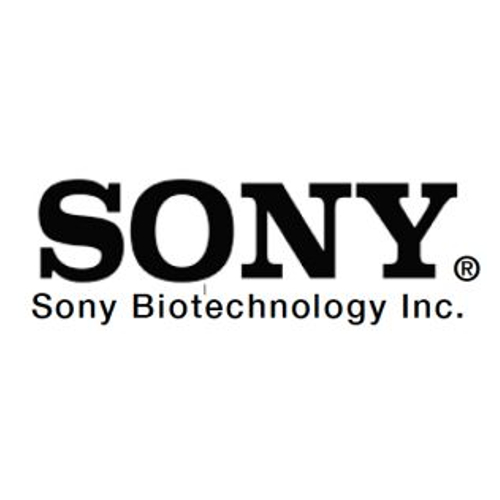CCR9 Monoclonal / Alexa Fluor 647 / L053E8
Product Details
| Description | Alexa Fluor 647 anti-human CD199 (CCR9) | |
|---|---|---|
| Conjugate | Alexa Fluor 647 | |
| Clone | L053E8 | |
| Target Species | Human | |
| Applications | FC | |
| Supplier | Sony | |
| Catalog # | Sign in to view product details, citations, and spectra | |
| Size | ||
| Price | ||
| Antigen | ||
| Host | ||
| Isotype |
About CCR9
The protein encoded by this gene is a G protein-coupled receptor with seven transmembrane domains that belongs to the beta chemokine receptor family. Chemokines and their receptors are key regulators of thymocyte migration and maturation in normal and inflammation conditions. This gene is differentially expressed in T lymphocytes of the small intestine and colon, and its interaction with chemokine 25 contributes to intestinal intra-epithelial lymphocyte homing to the small intestine. This suggests a role for this gene in directing immune responses to different segments of the gastrointestinal tract. This gene and its exclusive ligand, chemokine 25, are overexpressed in a variety of malignant tumors and are closely associated with tumor proliferation, apoptosis, invasion, migration and drug resistance. This gene maps to the chemokine receptor gene cluster. Multiple transcript variants encoding different isoforms have been found for this gene. [provided by RefSeq, Aug 2020]
The protein encoded by this gene is a G protein-coupled receptor with seven transmembrane domains that belongs to the beta chemokine receptor family. Chemokines and their receptors are key regulators of thymocyte migration and maturation in normal and inflammation conditions. This gene is differentially expressed in T lymphocytes of the small intestine and colon, and its interaction with chemokine 25 contributes to intestinal intra-epithelial lymphocyte homing to the small intestine. This suggests a role for this gene in directing immune responses to different segments of the gastrointestinal tract. This gene and its exclusive ligand, chemokine 25, are overexpressed in a variety of malignant tumors and are closely associated with tumor proliferation, apoptosis, invasion, migration and drug resistance. This gene maps to the chemokine receptor gene cluster. Multiple transcript variants encoding different isoforms have been found for this gene. [provided by RefSeq, Aug 2020]
About Alexa Fluor 647
Alexa Fluor™ 647 (AF647, Alexa 647) has an excitation peak at 650 nm and an emission peak at 665 nm, and is spectrally similar to Cy®5 (GE Healthcare), iFluor® 647 (ATT Bioquest), and DyLight™ 650 (Thermo Fisher Scientific). Alexa 647 is commonly used for flow cytometry, microscopy, super-resolution microscopy applications. It is very bright, photostable, and pH insensitive, all of which contribute to sensitive detection while using this dye.
Alexa Fluor™ 647 (AF647, Alexa 647) has an excitation peak at 650 nm and an emission peak at 665 nm, and is spectrally similar to Cy®5 (GE Healthcare), iFluor® 647 (ATT Bioquest), and DyLight™ 650 (Thermo Fisher Scientific). Alexa 647 is commonly used for flow cytometry, microscopy, super-resolution microscopy applications. It is very bright, photostable, and pH insensitive, all of which contribute to sensitive detection while using this dye.
Experiment Design Tools
Panel Builders
Looking to design a Microscopy or Flow Cytometry experiment?
Validation References
Reviews & Ratings
| Reviews |
|---|
Looking for more options?
645 CCR9 antibodies from over 26 suppliers available with over 77 conjugates.





